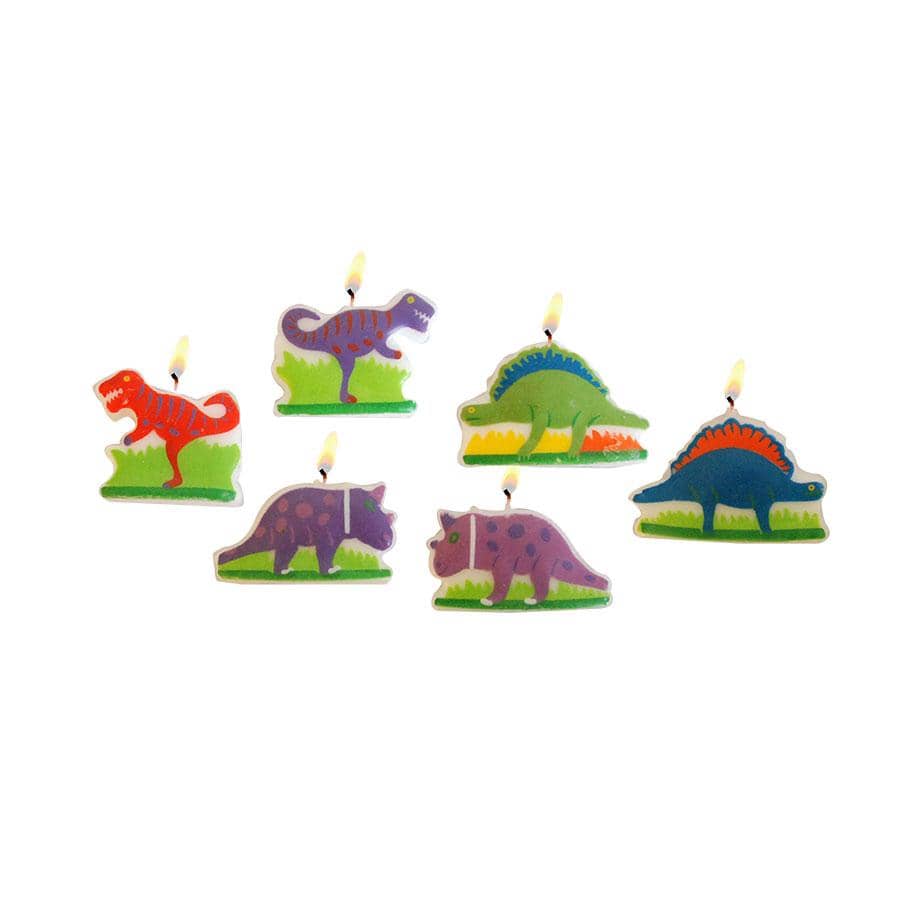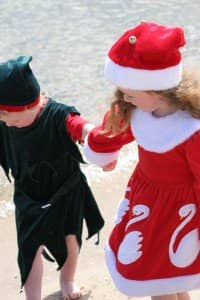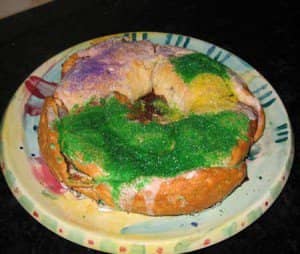Follow these guidelines to make the transition of divorce and the process of family restructuring and rebuilding easier for you and your children.
1. Divorced but still co-parents
If you have not done so already, call a truce with your Ex. (Note: Your Ex does not have to take the same action.) Divorced parents can succeed at co-parenting. That success may not begin with harmony but, at a minimum, a ceasefire is necessary.
2. You are stuck with each other forever
One day, you will be Grandma and Grandpa to the same babies. And when these babies are grown they will repeat the stories that they heard about Grandma and Grandpa. This will be your legacy. How do you want to be depicted?
3. Divorce creates a breakdown of trust and communication
Accept this and work towards rebuilding trust and communication with the other parent, even if it feels like you are doing all of the work. And, be patient, emotional wounds need time to heal.
4. Establish a business relationship with your former spouse
The business is the co-parenting of your children. Business relationships are based on mutual gain. Emotional attachments and expectations don’t work in business. Instead, in a successful business communication is up-front and direct, appointments are scheduled, meetings take place, agendas are provided, discussions focus on the business at hand, everyone is polite, formal courtesies are observed, and agreements are explicit, clear, and written. You do not need to like the people you do business with but you do need to put negative feelings aside in order to conduct business. Relating in a business-like way with your former spouse may feel strange and awkward at first so if you catch yourself behaving in an unbusiness-like way, end the conversation and continue the discussion at another time.
5. There are at least two versions to every story
Your child may attempt to slant the facts in a way that gives you what she thinks you want to hear. So give the other parent the benefit of the doubt when your child reports on extraordinary discipline and/or rewards.
6. Confirm your decisions with your ex-spouse
Do not suggest possible plans or make arrangements directly with pre-adolescent children. And, always confirm any arrangements you have discussed with an older child with the other parent ASAP.
7. Make a soft transition for the wellbeing of the children
The transition between Mom’s house and Dad’s house is often difficult. Be sure to have your children clean, fed, ready to go, and in possession of all of their paraphernalia when its time to make the switch. Better yet, if possible avoid the dreaded switch by structuring your time sharing so that weekends start Friday after school and end with school drop-off on Monday morning.
8. Make sure that your child maintains communication with his other parent
Do not screen calls from the other parent or limit telephone contact between your child and the other parent. Instead, ensure that your child is available to speak to the other parent when s/he is on the telephone.
9. Do not discuss adults subjects with your children
Do not discuss the divorce, finances, or other adult subjects with your children. Likewise, avoid saying anything negative about other parent and his/her family and friends to your children.
10. Be careful when talking in front of your child
Children are always listening – especially when you think they’re not. So, avoid discussions regarding the divorce, finances, the other parent, and other adult subjects when your children are within earshot.
11. Your children can read your emotions
Avoid using body language, facial expressions or other subtleties to express negative thoughts and emotions about the other parent. Your child can read you!
12. Stay positive
You can discuss your feelings with your children to the extent that they can understand them. But, if you let your child know that you are terrified of the future, your child will be terrified too. Instead, keep a balanced emotional perspective that focuses on the difference between feelings and facts.
13. Do not use your child as a courier
Do not use your child as a courier for messages or money.















